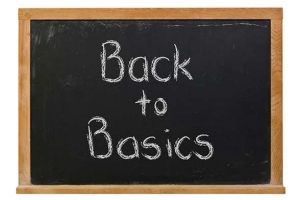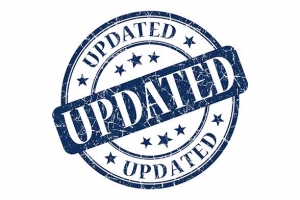Producers
The 2014 Medicare Annual Enrollment Period (AEP) is just one week away and there is a lot of confusion among seniors in regards to their benefits. With all of the news and other programs focusing on driving people to the Public Exchanges that are now open for business, it is easy to understand why.
The individual mandate requirement of the Affordable Care Act (ACA) has everyone clamoring to find out how it applies to them so communication to senior clients is very important.
The Center for Medicare & Medicaid Services (CMS) released proposed regulations about a new Basic Health Program that will be available starting in 2015. The Basic Health Program will be a lower cost alternative for people that cannot afford health plans in the insurance exchanges, such as those people that fall just outside of Medicaid eligibility.
New guidance was released on September 13, 2013 that applies to Health Reimbursement Arrangements (HRAs) and other employer healthcare arrangements. Much of the guidance impacts employers that want to provide reimbursements to employees to help pay for individual health insurance policy premiums. Many employers have given this idea some consideration instead of offering a traditional group health plan to reduce their costs.
Part II of the registration process for insurance producers to sell coverage in the Federally-Facilitated and State Partnership Exchanges has officially launched. Part II only needs to be completed by producers who wish to sell in the individual market.
Part II is expected to take approximately 30 minutes to complete and requires identity proofing on the Centers of Medicare and Medicaid Services (CMS) Enterprise Portal.
Leadership, resources cap decades of achievements and milestones
Earlier this week, Flexible Benefit Service LLC (Flex) celebrated its 25th anniversary in the health insurance industry. A marketplace leader since 1988, Flex is a trusted general agency and account-based benefits administrator, who also operates the InsureXSolutions® private health insurance exchange.
Last week, the U.S. Department of Treasury published final guidance on the Individual Shared Responsibility requirements, also known as the Individual Mandate. The Affordable Care Act (ACA) mandates that most U.S. citizens and permanent residents have a qualified health plan starting in 2014 or face financial penalties.
The Affordable Care Act (ACA) requires non-grandfathered plans to impose limitations on out-of-pocket expenses for essential health benefits starting in 2014. The out-of-pocket limitations will be capped next year at $6,350 for single coverage and $12,700 for family coverage.
However, some self-funded plans will be exempt from this requirement until 2015. The guidance indicates that self-funded plans contracting with multiple service providers can delay this requirement for one year.
The Center for Medicare and Medicaid Services (CMS) has launched the first part of the certification process required for producers to sell insurance products in federally facilitated and state partnership exchanges.
There are different requirements that must be completed depending on the products that the producer wishes to sell. Please note that some courses are highly recommended but not required.
On Monday, July 22nd, 2013, Governor Pat Quinn signed legislation that will expand the Medicaid program for residents of Illinois starting in 2014. Illinois is now the 23rd state that has decided to move forward with the expansion of its Medicaid program.
The Affordable Care Act (ACA) provides federal funds for states opting to expand its Medicaid program. Federal funds will pay for all of the costs to cover newly eligible people from 2014 to 2016. The federal funds will then start to gradually drop from 2017 until 2020 where it will level off at a 90% payment rate from that year and moving forward.
The public insurance exchanges are expected to introduce a new way for individuals to obtain health insurance coverage next year. However, with the introduction of these exchanges comes a number of complexities and nuances. That includes the topic of premium payment processing and late payments.
Individuals that qualify for Advanced Premium Tax Credits (APTC) through the exchanges will have a portion of their premium subsidized by the federal government, but the balance of the premium will be their responsibility.










